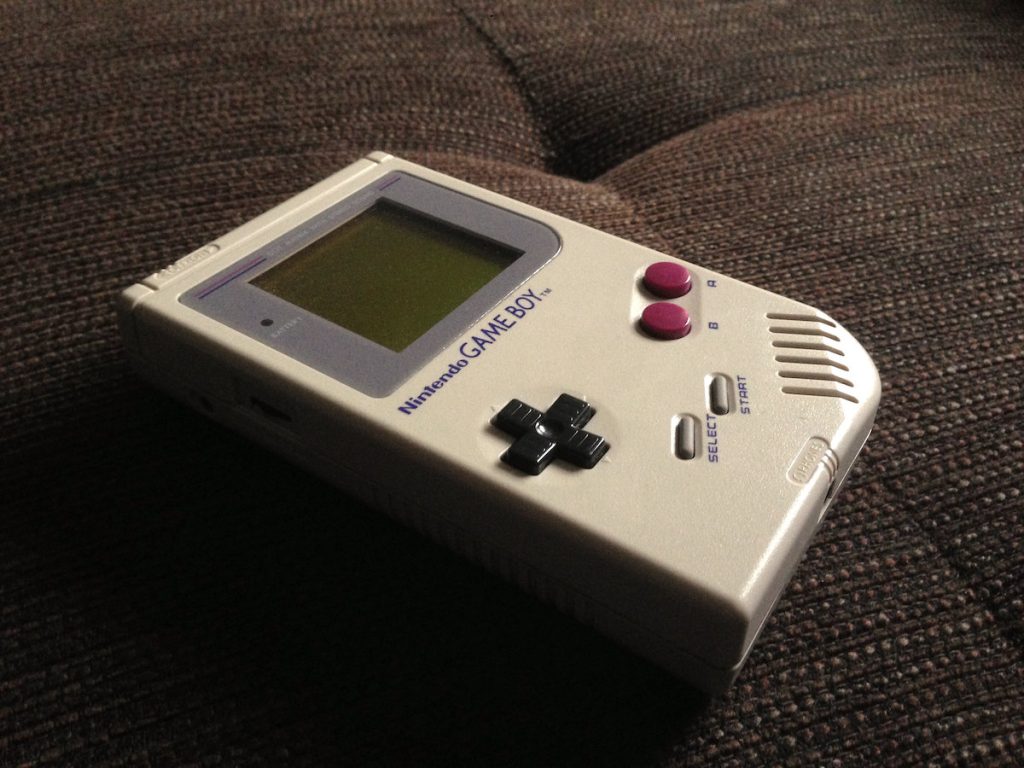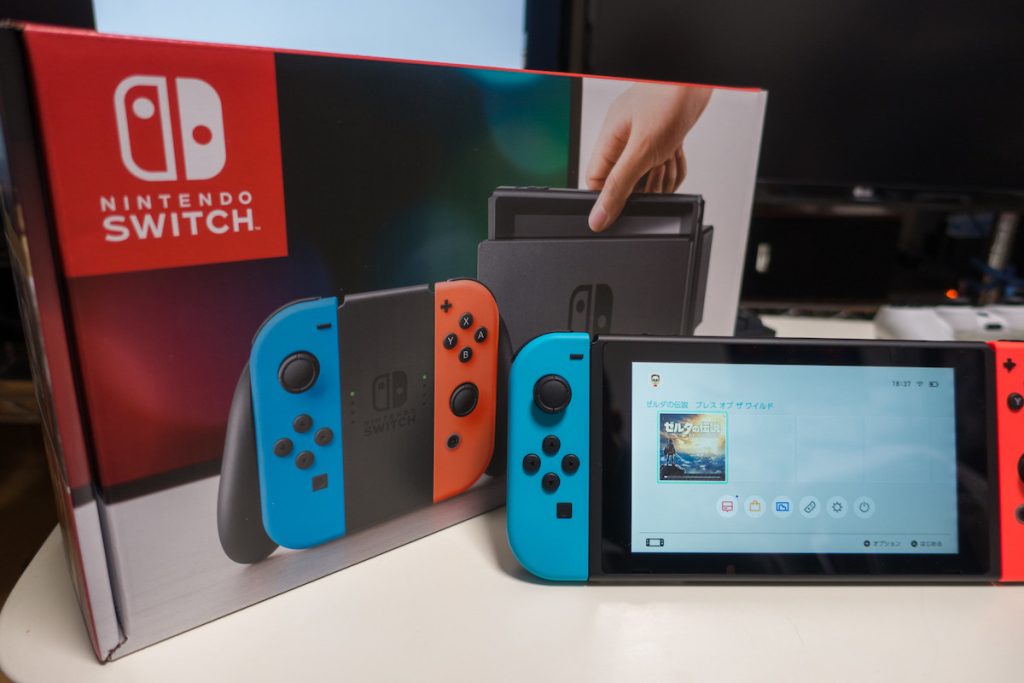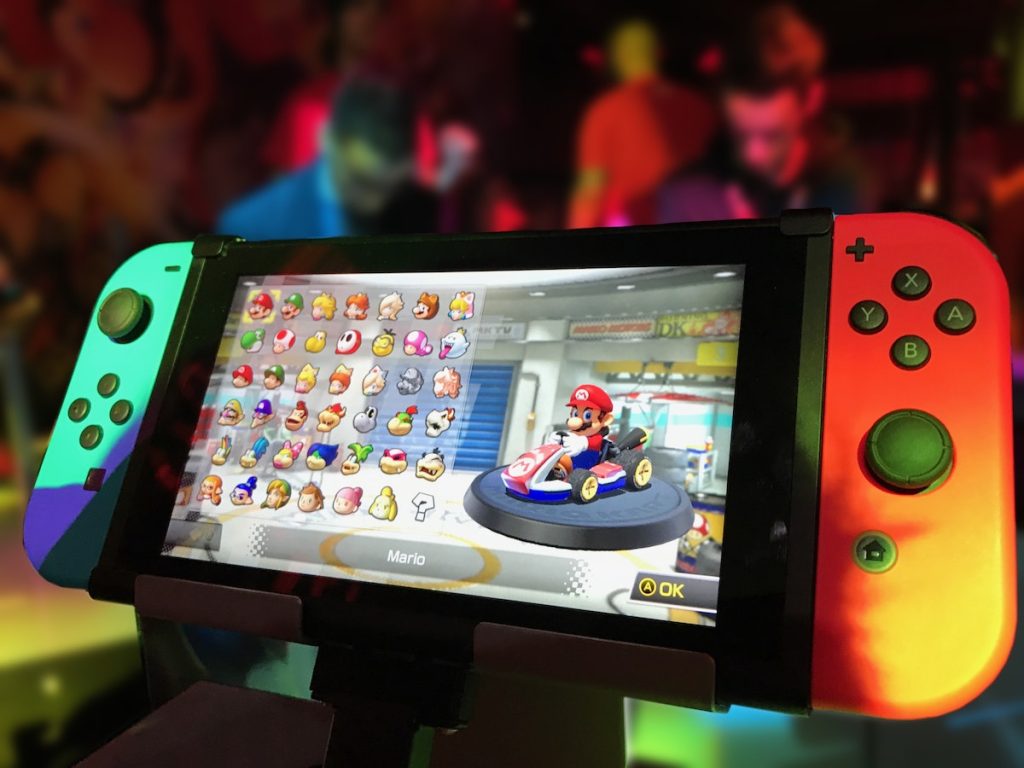The was a time when handheld systems and consoles were separated by a vast ocean. While some games would set out to traverse these waters, the gap was considered too large to properly bridge. The modern age of gaming has not just challenged this notion, but in many ways, it’s completely dismantled it. It’s been an interesting journey and one where the difference continues to shrink.
Origins Versus Origins
When we think of handheld consoles the first major standout is, of course, Nintendo’s Gameboy. Launched in 1989, the Gameboy was a revolution in mobile digital entertainment. Going on to sell more than 118 million units, this humble handheld still finds itself as the third best-selling video game system of all time, according to VisualCapitalist.

In the console space, no system better illustrated the other side of the equation as Nintendo’s Famicom, known as the NES in the west. Launched in 1983, the NES set the stage for the Gameboy, selling nearly 62 million units in its lifespan. While more powerful due to a larger body and not requiring batteries, as well as looking better thanks to relying on television output, one key part of the NES and Gameboy were quite similar.
This similarity arose in their approach to control. The NES and the Gameboy only had a D-Pad and four buttons. This meant there was potential for crossovers, but this potential would be hampered by the comparatively limited power in the Gameboy’s smaller chassis.
Fast Forward
As hardware continued to evolve, both handhelds and consoles grew considerably more powerful. They both adopted more buttons as a standard, but the problem of power disparity still existed. Consoles were more capable, and developers wanted to push the systems to their limits. For this reason, accurate ports of the biggest games from console to handheld just couldn’t happen, at least not in the same generation.
This saw a major shakeup with the popularisation of the smartphone thanks to Apple’s iPhone in 2007. With the smartphone, a new generation of simple games came to an increasingly ubiquitous device. This just so happened to be the age where simple social media games on computers were taking off, so for the first time, mainstream and direct ports exploded in popularity.
Today, the best illustration of this crossover is found in online casino games like Action Bank. This slot game developed by Barcrest is one of the modern-era titles that lean on HTML5 rather than older Flash-based solutions. This means that it plays identically over mobiles and computers, with the only changes appearing in scaling and layout. These versions offer the same fun and the same level of performance, a result that gamers have wanted for decades.
In the video gaming space, it’s again Nintendo who has illustrated the most profound steps forward with the Switch. This system can be plugged into a TV to work like a console, or carried around like a handheld where it operates with slightly reduced performance to conserve battery life. The same games work both ways, and the move has consolidated both sides of Nintendo’s successful gaming space into one central system.

As we reach further into the point of diminishing returns with video game graphics, the gap between what console and handheld systems can do continues to shrink. Aided by the popularity and financial rewards of existing perfect ports, the industry is poised for a fundamental shift. Make no mistakes, exclusives will still exist, but their days of being the norm might soon be coming to a close.


